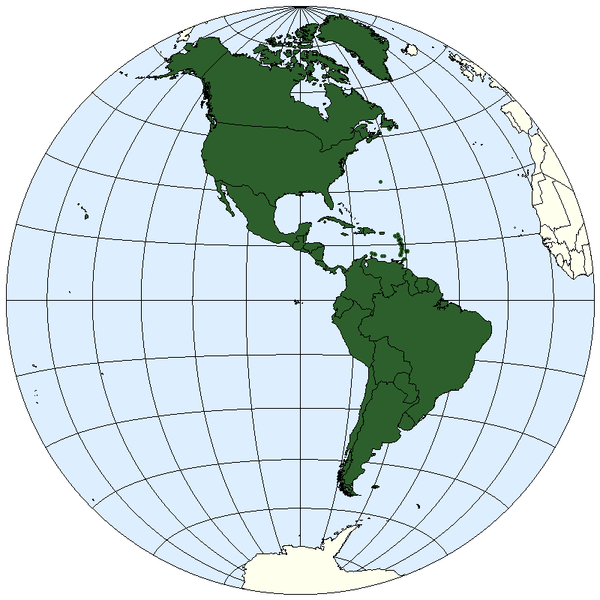According to Pan American Health Organization (PAHO) data released late last week, thirty-one countries/territories in the Americas have confirmed autochthonous cases of Zika virus (ZIKV) infection accounting for more than 170,000 suspected and confirmed cases.

Public domain image/ E Pluribus Anthony
In Brazil, where the most cases have been reported, health officials report some 72,000 suspect and confirmed cases. The UN agency says the suspected cases (72,062) were unofficial and based on media monitoring.
The Brazilian Ministry of Health estimates a minimum of 497,523 and a maximum of 1,482,701 cases.
Brazil is followed by Colombia (>46,000), Venezuela (>15,000) and the Honduras (almost 13,000 cases).
Twelve Zika-related deaths were reported.
The PAHO says available data suggests that some countries (Venezuela and Panama) are experiencing an increase in ZIKV reports whereas others (El Salvador and Honduras) are showing a decreasing trend. Nevertheless, as the geographical range of the virus expands to new areas, the overall epidemic appears to be increasing in the Region of the Americas.
Concerning microcephaly and other CNS disorders, Brazil is the only country/territory in the Region that has officially reported an increase of congenital microcephaly. In addition, United States of America has identified ZIKV-associated microcephaly.
In addition, six countries/territories in the Region have reported an excess of Guillain-Barre syndrome, or GBS (Brazil, Colombia, El Salvador, Honduras, Suriname, and Venezuela), and three other countries/territories have identified ZIKV-associated cases of GBS (Martinique, Panama, and Puerto Rico).
Related:


The geographic restriction of microcephaly, the low rate of microcephaly w/gestational ZIKV infection, and the lack of any unique genetic changes to ZIka virus in microcephalic casaes suggests a missing co-factor for microcephaly from Zika infection and that other factors may be contributing. That said, here is an miRNA we discovered in the Zika genome that likely contributes to the pathogenesis. http://www.webmedcentral.com/article_view/5076